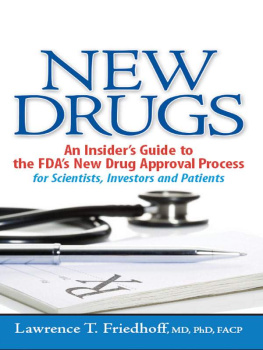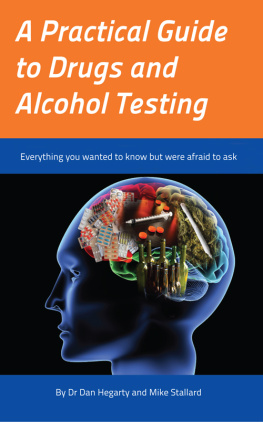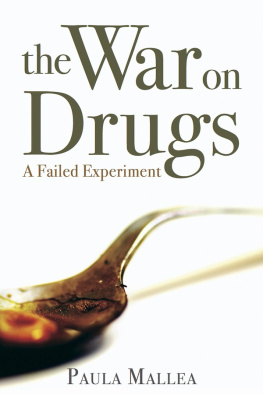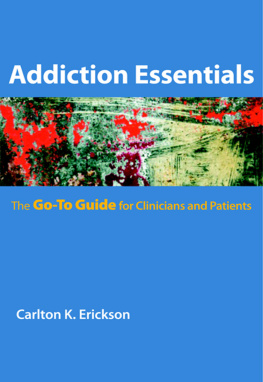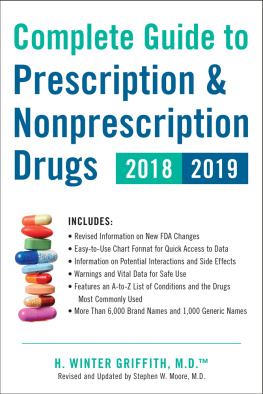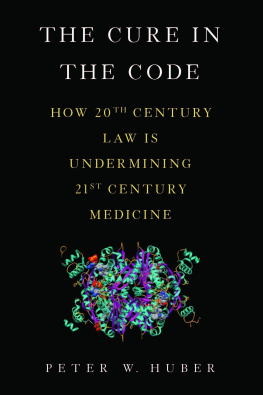

Copyright 2009 Lawrence T. Friedhoff
All rights reserved.
No part of this publication may be copied, stored in an archival or other similar system, or transmitted by any means, including but not limited to: electronic, mechanical, photocopying, recording, scanning, or otherwise without the prior written permission of the Copyright holder.
Limit of Liability/Disclaimer of Warranty: The author and publisher make no representations or warranties with respect to the accuracy or completeness of the contents of this book and specifically disclaim any implied warranties of merchantability or fitness for a particular purpose. No warranty may be created or extended by sales representatives or written sales materials. The advice and strategies contained herein may not be suitable for your situation and should not be implemented without guidance by your own professional advisors. You should consult with a professional before taking any action based on the information in this book. Neither the author nor publisher shall be liable for any loss of profit or any other commercial damages, including but not limited to special, incidental, consequential, or other damages.
Cover design by Bruce Kenselaar.
ISBN: 1-4196-9961-X
ISBN-13: 9781419699610
Kindle ISBN: 978-1-61550-144-1
Library of Congress Control Number: 2009901880
Pharmaceutical Special Projects Group, LLC (PSPG) Publishing, New York, NY
Visit www.newdrugsbook.com to order additional copies.

Table of Contents


I AM WRITING this book after almost a quarter of a century of deep involvement in the process called drug development; this consists of obtaining scientific data that will allow a new drug to be approved for marketing by governmental agencies like FDA. During this almost 25-year period, the number of new drugs approved annually by FDA has dwindled to a fraction of its former value. However, during this same period I was getting more and more drugs approved. I have written this book in the hopes that it will help others get new drugs approved quickly and efficiently as well and that this will contribute in some small way to reversing the decline in new drug approvals.
This book is also provided as a guide for more passive participants in the drug development process, including people who play an often less direct, but essential, role in the progress that drug development delivers to our society, such as investors and pharmaceutical stock analysts. Finally, I hope that this book will help patients have a better understanding of the way new drugs are approved and the strengths and weaknesses of the information collected during the research and approval process.
The knowledge I share has come after much struggle and, sometimes, bitter experience. Since there is no formal school that teaches drug development in a practical way, I have had to fend for myself much of the time; picking up knowledge from such experts as I could find along the way.
Early in my career, I had the good fortune to work at Squibb Corporation at a time when some of the worlds best drug developers were also there, making revolutionary advances in drug discovery and development. It is a sad and interesting part of Squibbs history that the principle actors in the development of some of the last centurys most important blockbuster drugs, drugs that have revolutionized the modern world, remain unknown and little appreciated, their creations having been relegated to profit and loss statements and net-present-value calculations. This failure to accurately recognize the people and processes that create the value in the pharmaceutical business is a very real and consistent force that must be recognized and properly managed as part of the drug development process.
Thus, this guide will not confine itself to purely scientific or regulatory issues, but will include the other business and practical concerns that must, in my opinion, be kept in mind by a successful drug developer. Such concerns are also of importance to investors and financial analysts since the narrow personal motivations of the individuals involved in drug development frequently trump scientific and regulatory considerations in determining the outcome and ultimate financial return of the development process.
This book primarily discusses the development of completely new drugs, called New Chemical Entities (NCEs or synonymously New Molecular Entities, NMEs). These are drugs that have never before been approved for marketing. However, this is not the only kind of drug product that can be developed. ), an often neglected but critical element of drug development.
discusses some common misconceptions the general public has about the pharmaceutical business but which the industry spokespeople have not been able to clarify. I happen to think these misconceptions ultimately slow scientific progress hurting both companies and patients in need of new therapies.
Whatever your motivation for reading it, I hope you will find this guide as interesting, informative, and profitable as I have found my career in drug development.
Finally, I would like to give an important cautionary note: Drug development, particularly, the development of a completely new drug, is an extremely complex and expensive undertaking. Each year thousands of companies try and almost all of them fail. In fact, although my colleagues and I at Pharmaceutical Special Projects Group have always been successful, most drug development professionals go through an entire career without ever seeing one of their products approved for marketing. Because the process is so challenging and the risks so high, drug development should ALWAYS be handled by the most competent and experienced personnel. So, dont try this at home without guidance from an experienced professional with a proven track record of hands-on success at drug development. And when hiring personnel to handle drug development, dont be seduced into choosing the least expensive. Choose as though you are selecting a surgeon to do your cardiac bypass surgery; because in drug development, as in cardiac surgery, there isnt much room for error.

H UMANS ARE LATECOMERS in using chemicals to prevent and treat disease. Long before apes stood erect, plants were synthesizing molecules to perform the same basic functions that we use drugs for. In fact, many of the drugs we use today are derived from molecules used as drugs by plants. Plants use these molecules primarily to protect themselves from parasites and for other similar purposes. Plant-derived drugs include, caffeine, nicotine, digitalis glycosides, penicillin antibiotics (derived from molds), opiates, the HMG-CoA Reductase inhibitor cholesterol-lowering agents (derived from fungi), a number of anti-cancer agents and many others.
Obviously, these molecules made by plants existed for millennia before they were recognized as having potential utility as drugs. One can legitimately ask if these substances were drugs before their utility was recognized. In the view of most current drug development practitioners (and drug regulators) the answer is No. Just because a molecule with drug-like activity (for example, the ability to kill bacteria) exists, it cannot be considered a drug until its activity is recognized by humans. Furthermore, recognition of a substances utility involves not just recognition that it possesses activity but also identification of the way in which is should be used (for example, duration of treatment, route of administration, etc.).
Next page
